Retail Lab: A Glimpse in to the Future of Beauty
A recent trip to Malaysia got me thinking about retail experiences, and I couldn’t resist putting on my retail strategist hat to carry out a mini beauty comp shop.
Across Malaysia, I found everything from busy shopping malls teeming with all the big name brands to streets full of market stalls selling everything from handmade jewellery and hair accessories to beach toys and straw bags. It was an environment catered to savvy shoppers who know what they want and have a deep understanding of quality and construction, but also a demographic that wants to discover something new and unexpected.
There was so much to see and pick apart, but it was the beauty landscape in Asia that really got me thinking, and that’s what I’m focusing on in this week’s Retail Lab.
An Overview: Beauty Retailing in Malaysia
Rather than opening up in big department stores, beauty brands had standalone stores and pop ups offering far more than just the products.
There were samples, cafés, advice, and market-specific products that felt tailored for the local customer, engaging them and catering to their specific beauty needs.
In short, beauty shopping felt special, and exciting.
Even drugstore shopping was different, with a huge array of brands and products on offer, making discovery easy, minus the overwhelm.
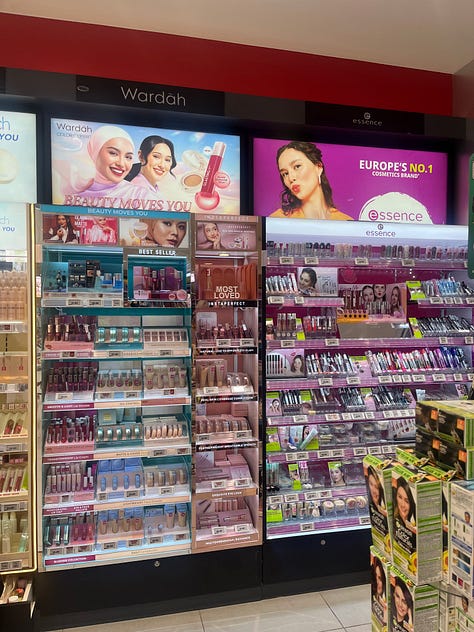
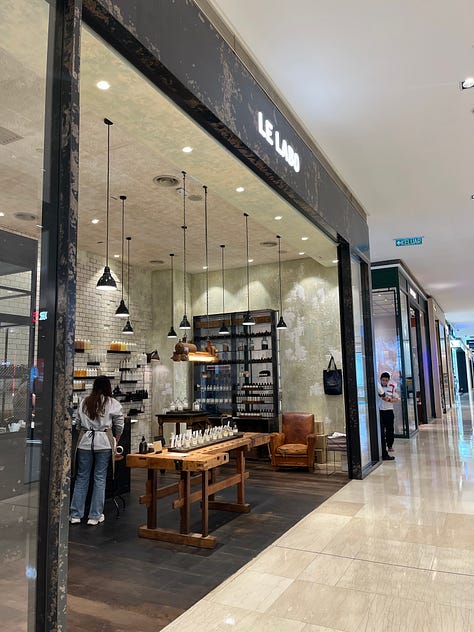
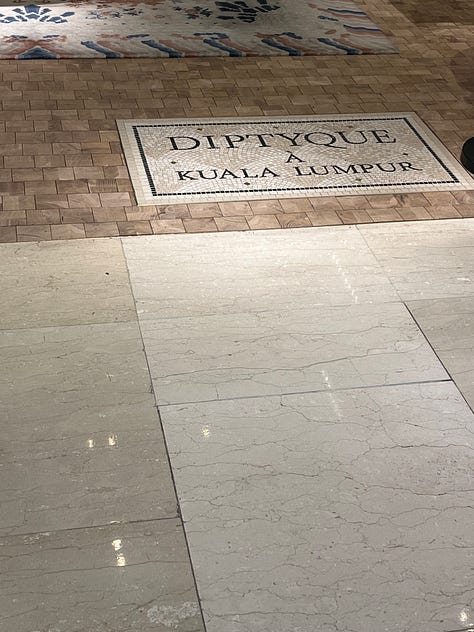
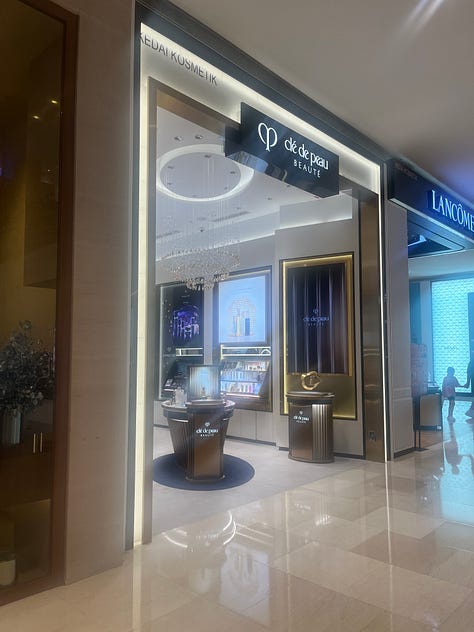
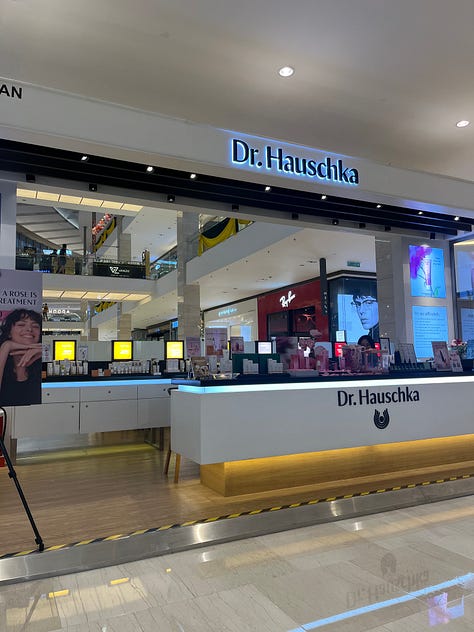
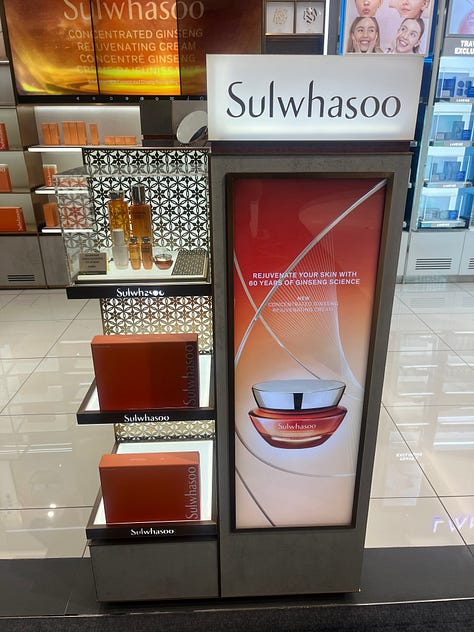
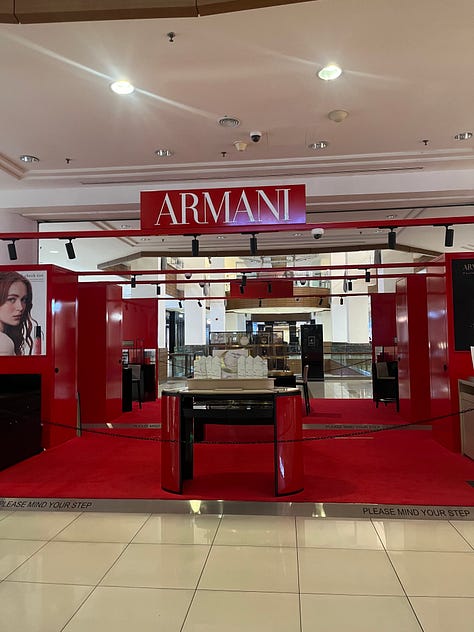
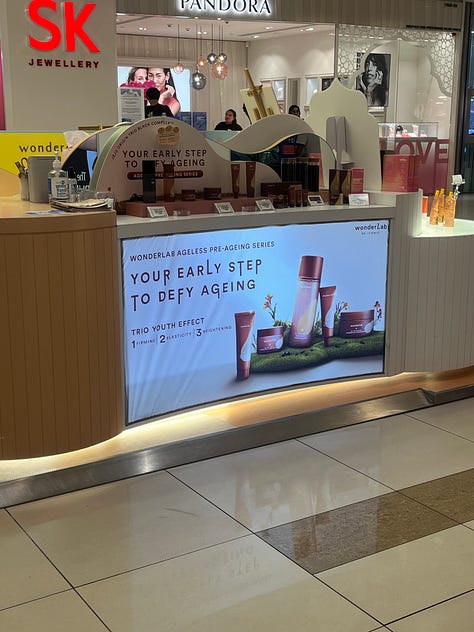
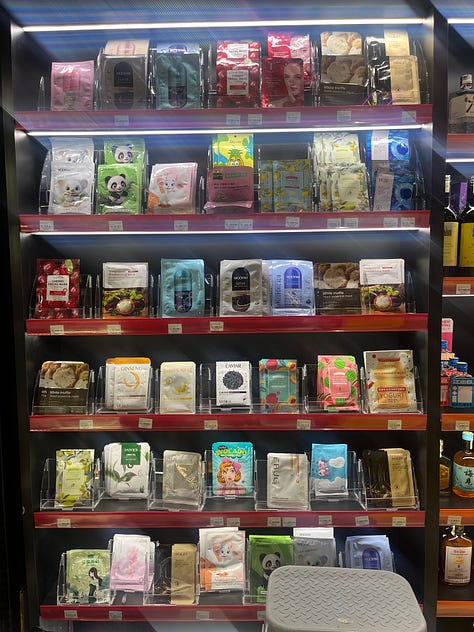
The Biggest Difference.
Rather than a reliance on department store counters, luxury brands like Armani, Dior, and Shiseido have opened standalone stores in Malaysia, giving them full control over the customer experience.
Although traditional department stores offer larger spaces and give beauty brands the opportunity to offer treatments, this experience is often away from the shop floor, which means no one can see it.
📌 In short, it’s a challenge to balance treatments with privacy.
Department stores used to be a place of discovery and education but now customers already know what they want before they go in to store. The beauty market is uber competitive, so brands competing with each other need to be distinct and stand out on their own terms, a tricky task in a traditional department store beauty hall.
Then there’s the evolution of speciality beauty stores like Sephora that are intentionally designed to foster discoverability and learning. Customers go there to discover new products and brands, with loyalty programs and social media often driving sales.
But the real stars in Malaysia were the standalone stores and pop ups in the malls.
Armani, Dior, Laneige, Shiseido, Shu Uemura all had dedicated spaces for their products, with knowledgable and attentive sales assistants eager to help you find exactly that you needed in a smaller more intimate setting that simultaneously offers privacy and immersion.
The Best Strategies
It was a masterclass in how to create an intimate brand sphere that showcases the best of your products, without any of the overwhelm.
Here’s what I noticed:
There were market-specific exclusive products, like these yet-to-be launched Laneige Lip Masks;
While there were limited offers based purely on price, brands elevated the shopping experience with extra samples, gifts with purchase, and products demonstrations;
Without the need to compete with adjacent brands, the marketing strategy was focused on showcasing the offering through a top-tier customer service experience that allowed the products to take centre stage;
The spaces were designed to be just the right size to showcase products without overwhelming the customer;
Without the limited department store counter space, brands displayed their full range, and the quality of the products shone through with the help of sales associates who were always on hand to offer everything from advice to makeovers.
The Star of the Show
The Dior installation at the Pavillion in Kuala Lumpur was a standout moment.
The brand took over a massive floorspace, more than I have ever seen for a beauty brand, which was a huge investment.
There was a café as well as demonstrations, free samples, and all of the Dior beauty favourites available for purchase.
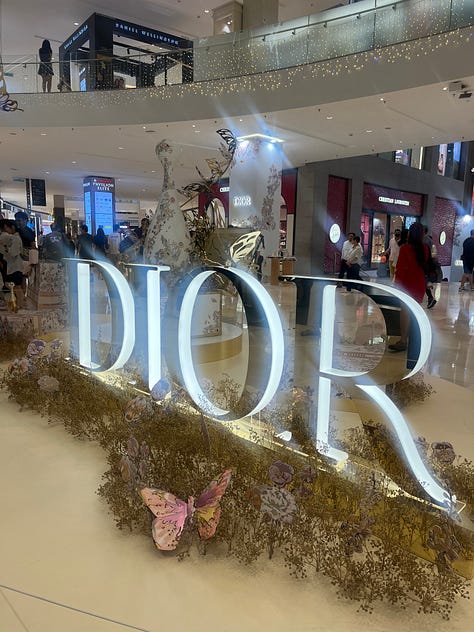
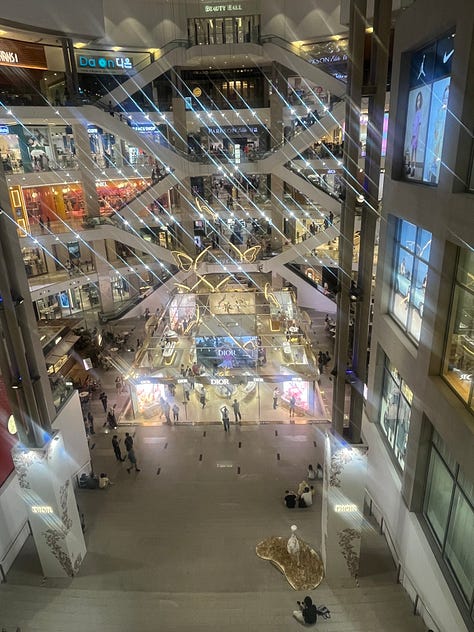
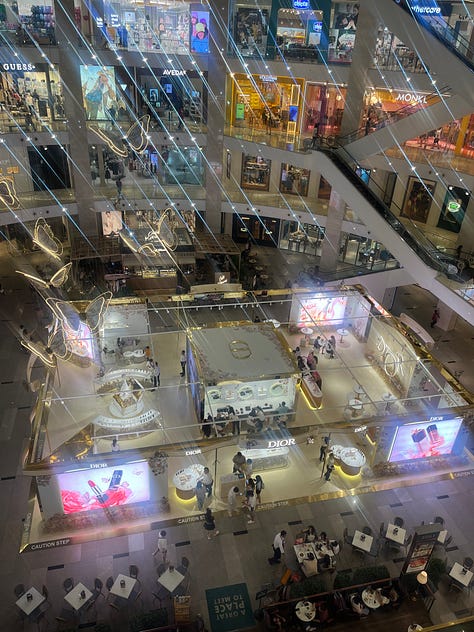
Overall, this ground floor takeover garnered a lot of customer attention, with queues for purchases and the café. Dior created a “moment”; shoppers were discovering products, buying them and snapping photos ready for social media.
It felt like a glimpse in to the future of what luxury brands will have to do if they are to keep their prestige in a market where dupes are so readily available.
What the future of beauty looks like.
Here’s what beauty brands need to do to stay ahead:
Have a clear focus on what happens before, during and after a customer visits a store; beauty shopping is built on connection and intimacy, so building customer relationships has never been more important;
Use tech to help with data and personalisation, as well as follow ups and feedback;
Beauty shopping has changed and brands need to harness the knowledge customers have to drive sales by engaging them in conversation and recommending products for specific needs;
Brands must offer an end-to-end value proposition that isn’t just to do with price. This could include free samples, product demonstrations, exclusive treats or personalised makeovers/ classes;
Modern beauty customers want to be enchanted and not just sold to, so careful store layout and interaction is non-negotiable.
Final thoughts
Beauty retailing as we know it is evolving, and fast.
As customers, we want a shopping experience to ignite our senses, capture our hearts and minds and transport us to a better place while fitting in with our daily routines. It’s a big ask, and one that brands need to step up to if they want a share of our wallets.
Summary: How to Create a Beauty Retail Experience for the Modern Shopper
Create an intimate brand sphere and personalised shopping experience that puts the customer at the heart
Engage customers in conversation to find out what they really need and help them build a personalised routine
Offer value at every stage of the shopping journey from discovery through to purchase and beyond.
PS This is the sort of work I do, so get in touch if you’d like to explore a project with me. After all, retail strategy is about future proofing your business by investing in your long term vision.




